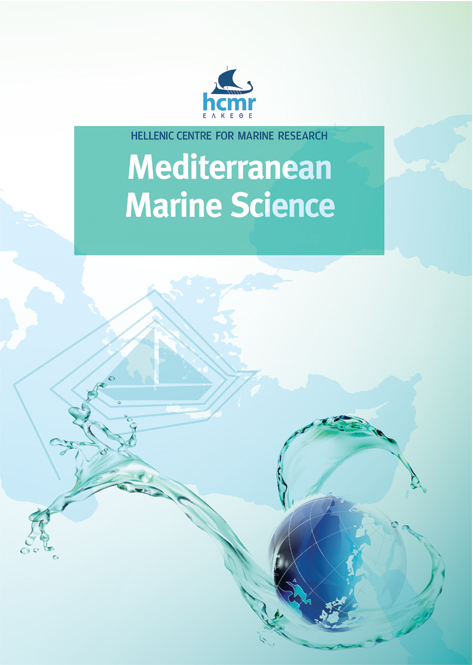Bacteria from the “Saline di Tarquinia” marine salterns reveal very atypical growth profiles with regards to salinity and temperature

Abstract
Several thousand bacterial colonies were isolated from “Saline di Tarquinia” (Italy) marine salterns; after dereplication, thirty-one strains were obtained, confirming the low culturable bacterial diversity attributed to similar hypersaline environments. Strains were identified by 16S ribosomal DNA sequencing and phylogenetic analysis; most strains belonged to the class Gammaproteobacteria, with minorities from Actinobacteria, Bacilli and Alphaproteobacteria. Halomonas and Salinivibrio were predominant genera. To profile growth preferences, strains were cultivated at different salinities and temperatures. Non-metric multi-dimensional scaling (nMDS) analysis on growth data at different salinities identified four groups that were significantly correlated with the ecological categories conventionally used to describe halophiles. The majority were moderate halophiles with optimal growth at 40-80‰ salinity. Some were markedly euryhaline and grew from 40-80‰ to 240-280‰.
Very uncommon behaviour was observed for some strains, with a clear optimum growth in the slight to moderate halophilic range, but also the ability to grow without salt. These bacteria could barely be included in the mentioned traditional definitions and we suggest to consider them as “norm-tolerant halophilic”, being somehow in-between the slight halophiles and the halotolerants. As for temperature, nMDS groups were less defined and uncorrelated to ecological categories. Most strains were mesophilic-psychrotolerant or mesophilic, and some psychrotolerants were also recorded. Generally, diffused eurythermism was observed and various strains displayed unusual “flat growth profiles” that showed a broad range of thermal optima. Overall, the majority of strains appeared to be well adapted to the “Saline di Tarquinia” environment and showed great temperature and salinity variations compared to species observed in other salterns.
Article Details
- How to Cite
-
BARGHINI, P., PASQUALETTI, M., GORRASI, S., & FENICE, M. (2018). Bacteria from the “Saline di Tarquinia” marine salterns reveal very atypical growth profiles with regards to salinity and temperature. Mediterranean Marine Science, 19(3), 513–525. https://doi.org/10.12681/mms.15514
- Issue
- Vol. 19 No. 3 (2018)
- Section
- Research Article
Authors who publish with this journal agree to the following terms:
- Authors retain copyright and grant the journal right of first publication with the work simultaneously licensed under a Creative Commons Attribution Non-Commercial License that allows others to share the work with an acknowledgement of the work's authorship and initial publication in this journal.
- Authors are able to enter into separate, additional contractual arrangements for the non-exclusive distribution of the journal's published version of the work (e.g. post it to an institutional repository or publish it in a book), with an acknowledgement of its initial publication in this journal.
- Authors are permitted and encouraged to post their work online (preferably in institutional repositories or on their website) prior to and during the submission process, as it can lead to productive exchanges, as well as earlier and greater citation of published work (See The Effect of Open Access).




